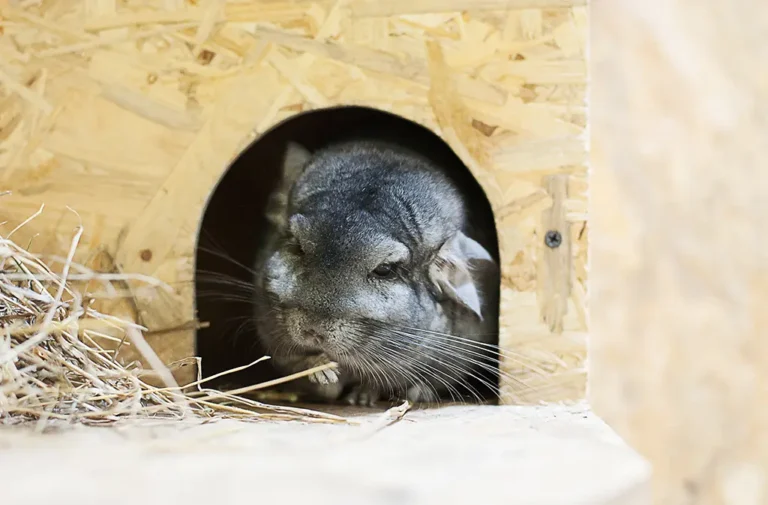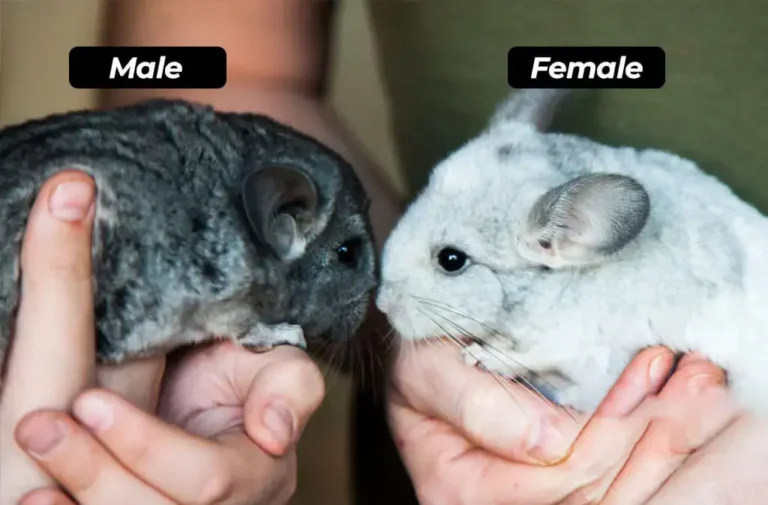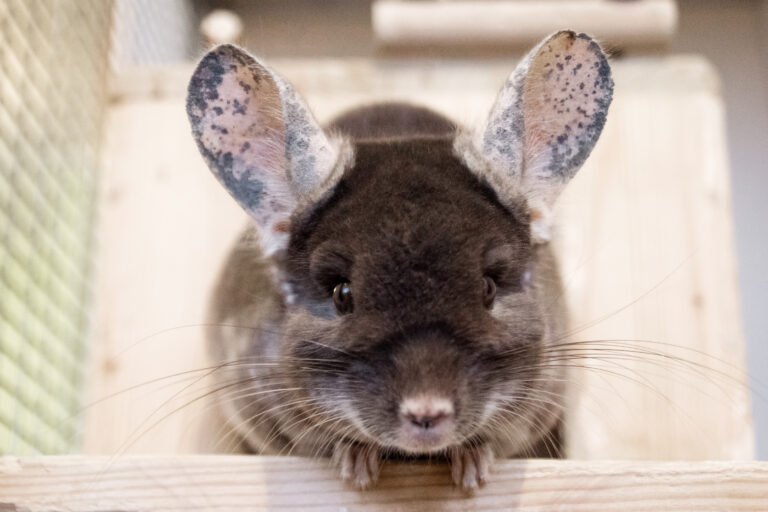Understanding Chinchillas Reproduction: A Detailed Guide

Chinchillas, commonly known for their luxurious fur and fascinating personalities, have gained popularity as the most demanded pets worldwide. The different aspects of their lives have attracted the attention of pet enthusiasts. However, one such critical aspect of their lives is their reproduction cycle. It is essential not only for the breeders but also for their owners to understand the complexities of their reproduction cycle. Ensure successful breeding and healthy kits with this comprehensive guide. Let’s dive deeply and explore their reproduction cycle from litter size, introducing mates to the birth process, and caring for the expecting ones.
Introducing Mates: Setting The Stage For Chinchillas Reproduction
Here are some essentials that you should consider when introducing them to each other.
- It is preferred that the size and age of both genders must be the same. Allow them to get familiar with each other.
- Introduce them on the ground to prevent any aggressive behavior.
- Before placing them in the same cage, let them out to play and observe their behavior.
- Place two cages next to each other and observe their interactions. Place them in the same cage if there is no sign of aggression, and they indicate a positive sign.
- After placing them in the same cage, observe their interaction and keep them away from each other in case of aggression.
- Give them time to be familiar with each other, which will result in successful breeding.
Exploring Their Mating Behavior
These playful creatures have a fascinating mating behavior. It is observed that the chinchilla reproduction rate is up to 2 times per year, resulting in 1-2 babies per year and four offspring in some rare cases. Because of their monogamous nature, they make a solid and lifelong bond with their male counterparts.
The mating sign of a male chinchilla shows a high-pitched sound, while its female counterpart shows a vibrating tail. Mostly, the breeding season in the Northern Hemisphere is between November and May, while in the Southern Hemisphere, it is between May and November. Some veterinarians allow mating for females 9-10 months.
Chinchilla Pregnancy: Caring For Your Furry Fellow
The reproduction age of these rodents is relatively shorter. The estimated gestation period is about 111 days, ranging from 105-120 days. During this time, it is better to provide them with proper care and attention and fulfill their nutritional requirements. Changes in their behavior, like territory, aggression, and sadness, are common. As their pregnancy progresses, monitoring their health regularly is crucial. Some factors you should take care of are providing them extra nutrition like hay and fiber, a spacious cage and ample bedding, easy access to fresh water and food, and stress-free environmental conditions like moderate temperature.
Chinchilla Labor And Delivery: A Mystery OF Birth
Just a few days before the time of delivery, removing the dust bath is advised. Some signs the female would show near birth include loss of appetite, less active territory, nesting behavior, and aggression. The labor pain of these rodents lasts about ½ hours and sometimes exceeds these hours. Let nature do its work. Finally, it is the time when the female will pull out the offspring. This entire process will take several hours.
Once the kits have been born, the next step is cleaning and nursing them by the mother. An interesting fact about the kist of these rodents is that their babies are born with open eyes and are fully furred. They can walk shortly after their birth. It is recommended to give them time to bond with their mother and establish a nursing routine.
Chinchilla Litter Size:
These rodents have relatively small litters. The average litter size of these rodents varies depending on the environmental conditions and the mother’s health. Generally, they give birth to 1-2 kits per litter, ranging from 1-4. Besides this, the larger kits are uncommon.

Say Welcome To Your Little Kits:
It is time to welcome the kits in the family. The nursing duration of these babies is about 6-8 weeks. During this time, provide high-quality hay, fulfill nutritional requirements, ample space, and access to fresh water. When the kits become eight weeks old, weaning generally occurs, which is the time to introduce solid food.
Complications And Challenges
Keep in mind that not every time, the birth will not turn out well.
- The reproduction cycle of these rodents is quite a rewarding experience, but it comes with different challenges and considerations. Careful consideration is essential for the well-being and health of kits.
- Prevent overbreeding, which would result in stress for both parents and kits. Ensure the well-being of these rodents by giving them a recovery time.
- For better development and temperament, proper socializing from a young age is recommended. It will help to reduce aggression and manage their temperament.
- Different reasons would result in the death of mothers, such as calcium deficiency, infection, uterine tears, and external or internal bleeding.
Complications and challenges are natural and do happen. Therefore, providing a suitable environment, nutritious diet, and stress-free gestation period to minimize the risk of complications.
Summing Up!
A successful reproduction cycle results in healthy and fascinating kits. It is undeniable that successful breeding requires commitment and responsibility. Enjoy the reproduction journey by providing essential care, a well-balanced diet, and a suitable environment.
Remember these things while making a decision about breeding. If you are a new breeder and need to learn the essential care and considerations, consult a veterinarian. Make your life enjoyable with these kits by exploring their mating behavior and litter size, providing care during gestation, and overcoming challenges.
FAQ'S
The average number of kits per litter is 1-2, ranging from 1-4 in rare cases.
A female chinchilla can reproduce up to 2 times per year.
Chinchillas can give birth to 1-2 babies per litter.
We introduce mates of opposite genders and give them time to get familiar with each other.
These rodents can breed at the age of 8-9 months.
They become mature for reproduction at the age of 8 months.
Owning a chinchilla is indeed a costly investment. The price range varies depending on their breed, color, size, and age. Owning these little buddies means there would be a need for food, hay, a dust bath, and an exercise wheel. It all cost from $500-$1000.






















